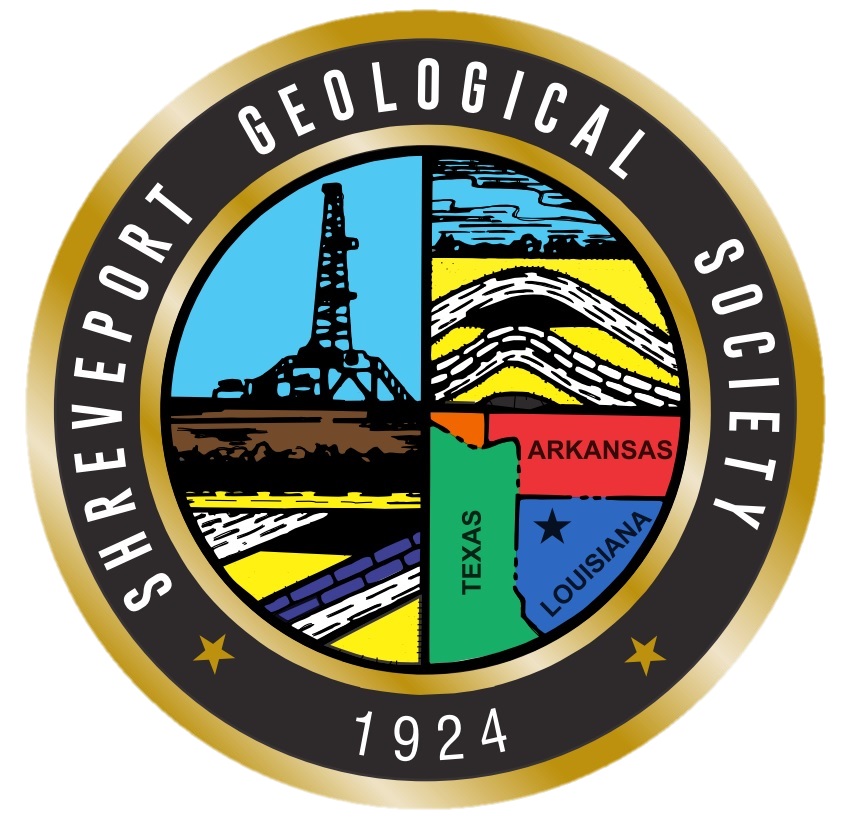The Petroleum Club of Shreveport, 15th floor
Cost: $20, Children 10 and under $8
We encourage members to invite guests, spouses, and friends to any of our meetings.
If you’d like a seat, kindly use the form below to make your reservation by the preceding Friday.
You may also RSVP by email or phone to Scott Comegys at scomegys@obrienenergyco.com or 318-841-2702.
Biography
Kurt J. Marfurt
Kurt J. Marfurt joined The University of Oklahoma in 2007 where he serves as the Frank and Henrietta Schultz Professor of Geophysics within the ConocoPhillips School of Geology and Geophysics. Marfurt’s primary research interest is in the development and calibration of new seismic attributes to aid in seismic processing, seismic interpretation, and reservoir characterization. Recent work has focused on applying coherence, spectral decomposition, structure-oriented filtering, and volumetric curvature to mapping fractures and karst with a particular focus on resource plays. Marfurt earned a Ph.D. in applied geophysics at Columbia University’s Henry Krumb School of Mines in New York in 1978 where he also taught as an Assistant Professor for four years. He worked 18 years in a wide range of research projects at Amoco’s Tulsa Research Center after which he joined the University of Houston for 8 years as a Professor of Geophysics and the Director of the Allied Geophysics Lab. ...
Abstract
Seismic attributes are routinely used to map faults and stratigraphy in 3D seismic data volumes. Coherence delineates the edges of faulted strata, carbonate buildups, and channels, curvature delineates folds and flexures, while spectral components delineate lateral changes in thickness and lithology. Seismic attributes are at their best in extracting subtle and easy-to-overlook features on high-quality seismic data. For this same reason, seismic attributes can also exacerbate otherwise subtle effects such as acquisition footprint and velocity pull-up/push-down, as well as small processing and velocity errors in seismic imaging. Thus, the chance that an interpreter will suffer a pitfall is inversely proportional to his or her experience. Interpreters with a history of making conventional maps from vertical seismic amplitude sections will have previously encountered problems associated with acquisition, processing, and imaging. Because they know that attributes are a direct measure of the seismic amplitude data, they are not surprised that such attributes “accurately” represent these familiar errors. Less experienced interpreters may encounter these errors for the first time. Regardless of their level of experience, all interpreters are faced with increasingly larger seismic data volumes in which seismic attributes become valuable tools that aid in mapping and communicating geologic features of interest to their colleagues. Attributes “accurately” map false structures introduced by seismic processing; they may also mix features that belong to a shallower or deeper stratigraphic unit.
Even for high quality, properly imaged seismic data, coherence images often exhibit annoying stair step artifacts when the faults are not perpendicular to the reflectors. This shortcoming turns out to be a limitation in the bandwidth of the seismic data, with the height of the stair steps proportional to the dominant period of the reflectors. In addition to the resolution of the seismic wavelet, selection of larger vertical analysis windows can further mix vertically stacked stratigraphic features. Spectral components measure apparent tuning associated with the apparent vertical thickness of dipping layers, and need to be corrected to represent true thicknesses. ...
Paid members of the Shreveport Geological Society can read the speaker's full abstract and biography in the newsletter by logging into the Members Area.







































